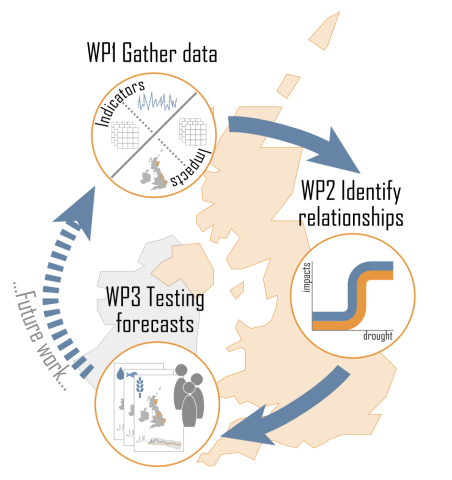Droughts, one of the costliest natural hazards globally, are expected to increase in frequency and severity for many parts of the world.
In the UK, studies have highlighted the rising costs of drought impacts in a warmer world and the resultant need for increased resilience and preparedness. Although the UK is typically thought of as a wet country, recent events in 2022 and 2018 have demonstrated a continuing vulnerability to drought.
Drought management relies on the use of Monitoring and Early Warning (MEW) systems. Currently, drought MEW systems focus on drought indicators based on the hydro-meteorological state of the environment. However, to be meaningful for water managers and decision-makers, these physical drought indices need to be translated into forecasts of drought impacts, including location, timing, and type of impact to enable action to be taken.
The relationship between drought indicators and impacts can be used to derive Drought Impact Functions (DIFs), which can then be used to predict drought impacts from given indicator states. Compared to other areas of natural hazards research, like floods or heatwaves, impact-based forecasting is relatively unexplored for droughts.



